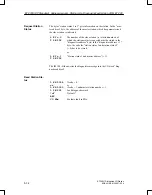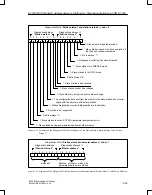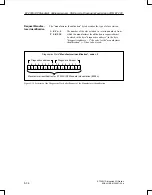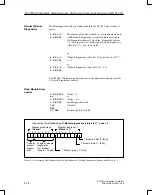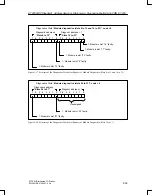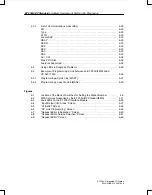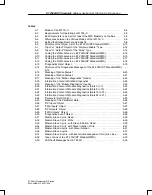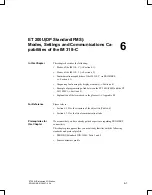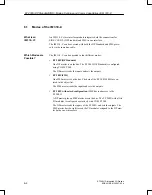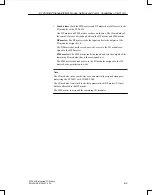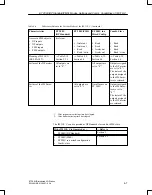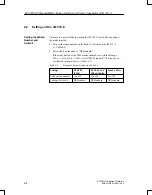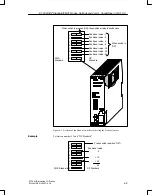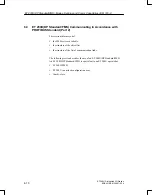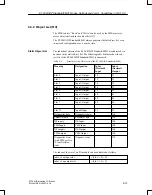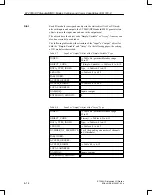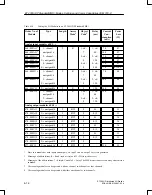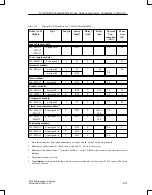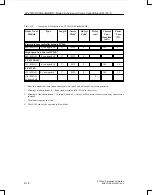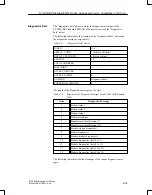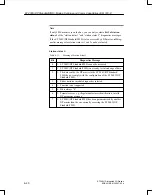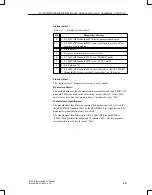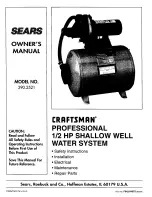
6-6
ET 200U Distributed I/O Station
EWA 4NEB 812 6087–02b
The following Table lists the differences between the
ET 200U(DP Standard)
ET 200U(FMS)
ET 200U in a mixed configuration
Combi–slave
that you have to take into consideration when starting up the system. The
differences will be described in more detail in the section dealing with this
topic.
Table 6-4
Differences between the Various Modes of the IM 318–C
Characteristics
ET 200U
(DP Standard)
ET 200U(FMS)
ET 200U in
Mixed Config.
Combi–Slave
Required settings:
Valid station number:
3 to 124
1 to 125
3 to 124
3 to 124
Setting of switch 8:
DP Standard
DP Standard
1
DP Standard
1
DP Standard
1
Parameter data, bit 2
(mode of ET 200U)
Bit 2 = 0
Bit 2 = 0
Bit 2 = 0
Bit 2 = 1
Result:
Operation of CPs / IPs
Possible
Possible
Possible
Impermissible!
t
P–Bus
2
delay extended by
0.4 ms
0.4 ms
0.4 ms
0.4 ms
t
P–Bus
2
delay for each
additional FMS service
extended by
–
4 ms
4ms
4ms
Diagnostics messages
Stations statuses 1 to
2
DP master address
³
Figure
5-12,
Section 5
Station num-
ber of DP
master
³
Tables
6-15, and
6-16,
Section 6
Master ad-
dress: FF
H
³
Tables
6-15 and
6-16,
Section 6
Station num-
ber of DP
master
³
Tables
6-15 and
6-16,
Section 6
Station num-
ber of DP
master
1: Only if the FMS master keeps its ready time within the limit T
RDY
t
min_T
SDR
= 11T
bit
. Otherwise, you will
have to select FMS standard.
2: Please refer to Appendix C of the “ET 200 Distributed I/O System” Manual for the response times.
Differences
ET 200U(DP Standard/FMS): Modes, Settings and Comm. Capabilities of IM 318–C

